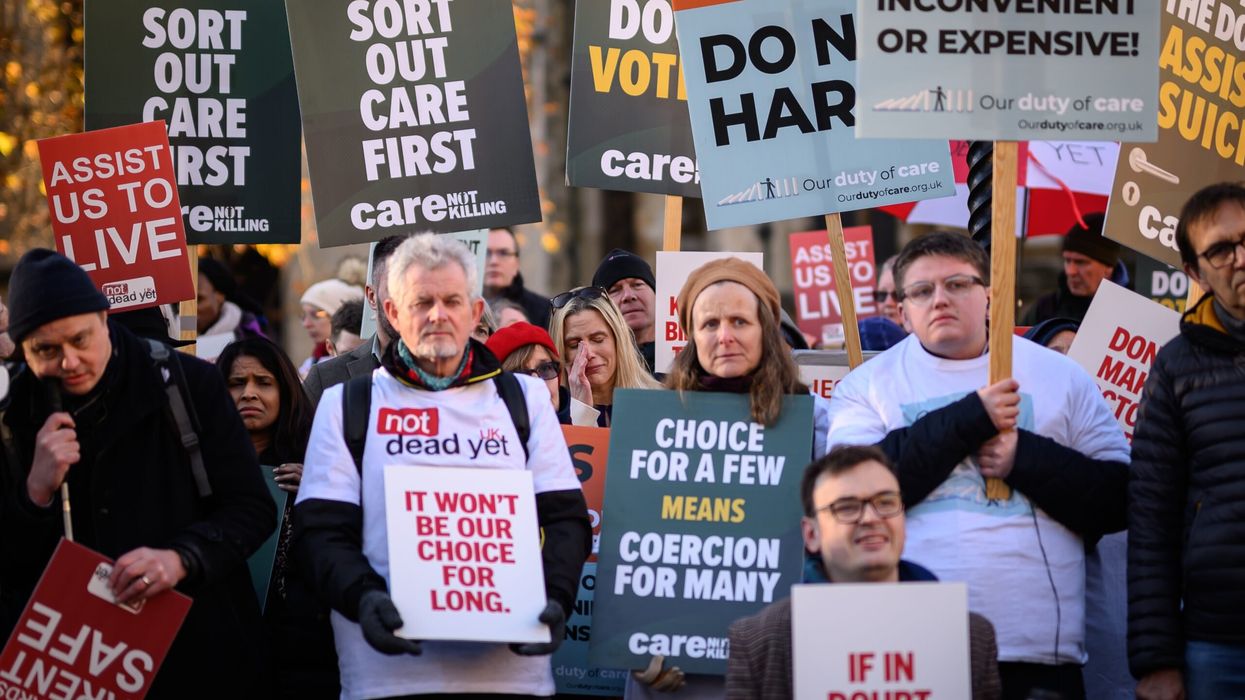by Stephen Timms
Labour MP for East Ham
Last month, Jamel Muhktar and his cousin Resham Khan were sitting in a car in Newham on their way to celebrate Resham’s 21st birthday. A man leaned through the window and threw acid over them both, inflicting severe, life-changing injuries. A 24-year-old man has been charged over the attack.
There was a wave of revulsion across the borough in east London and a vigil organised by Stand Up to Racism. Women, in particular, started to worry whether it was now safe to walk down the street.
Last Monday night (17) I opened a debate in parliament on acid attacks. I called on the government to respond quickly and effectively to curb the rise in this form of violence. I welcomed the announcement last weekend by home secretary, Amber Rudd, of a review of the law and criminal justice response to acid attacks. I am pleased she has promised to review sentencing guidelines, as I called for earlier this month, with a view to tougher and more consistent sentences.
In Monday’s debate, I pressed for two specific changes in the law. Firstly, it should be an offence to carry acid, in the same way that it is already an offence to carry a knife. Secondly, sulphuric acid – commonly used for drain cleaning – should be reclassified under the Explosive Precursor Regulations 2015 into the higher of the two categories, so that purchase would require a licence, as advocated by the British Retail Consortium and Association for Convenience Stores.
The home office minister, Sarah Newton, assured me the government would consider both of these possibilities and look at guidance to ensure acid and other corrosive substances can be classed as “dangerous” weapons. She promised to report back on the government’s plans when parliament returns in September.
Acid attacks are abhorrent. The consequences can include permanent disfigurement and blindness. The psychological trauma can leave survivors feeling isolated and depressed. They are a global problem, but their frequency is growing in the UK. Late on the night of July 13, there were five acid attacks within 90 minutes, carried out from a moped on delivery riders across Hackney and Islington. A teenager has been charged.
The UK has one of the highest per capita rates of recorded acid attacks in the world. Last year, 451 crimes were recorded in London, up from 261 in 2015. In 2016, almost a third of them were carried out in the borough of Newham. There have been 446 acid attacks since 2010 in the borough. It is thought other attacks may go unreported. Police statistics suggest only two attacks in London in the last year were hate crimes, including the incident in Beckton. The great majority of attacks have been in the course of robberies. Acid is becoming the preferred weapon for gangs, because it is less risky for criminals than carrying a knife or a gun. It is easy to obtain, cheap and hard to trace back to the perpetrator.
There is strong support for government action to prevent further attacks. An online petition for a licensing scheme for acid sales has attracted more than 460,000 signatures. Jabed Hussain, an UberEats driver and a victim of the July 13 attack, led a protest of hundreds of delivery drivers outside parliament. He is demanding greater protections from this type of violence.
I am convinced that carrying acid without good reason should be a criminal offence, as carrying a knife already is. There are wholly legitimate reasons for wishing to obtain acid, but we do not want people carrying it around the streets.
The “two-strikes and you’re out” rule currently used for possession of knives should also be applied to possession of acid. There is a minimum custodial sentence for those aged 16 and over convicted of a second offence of possession of a knife or offensive weapon. Offenders aged 18 or above when convicted are given a minimum six-month sentence.
A licence should be required for the purchase of sulphuric acid, which is a highly noxious substance. This move was proposed by the British Retail Consortium, whose members came to a voluntary agreement no longer to sell sulphuric acid products.
Sulphuric acid is currently classed as a “reportable substance”, with retailers required to report suspicious purchases. I believe it should be promoted to the “regulated substance” category, so that a licence is required to purchase it. The Association of Convenience Stores also supports this move.
Licensing and restrictions have the support of many of my constituents, as well as the local authority. Newham Council has backed tougher licensing conditions and robust codes of practice on the sale of noxious substances, as well as measures to raise awareness of the issue among those working with young people.
I very much hope that the Home Office will announce firm and urgent action when the minister reports back to parliament in September.





 Ayodele Odeyemi
Ayodele Odeyemi This is why South Asia offers such vital lessons for African creators today
This is why South Asia offers such vital lessons for African creators today







Acid regulation required in response to spate of attacks